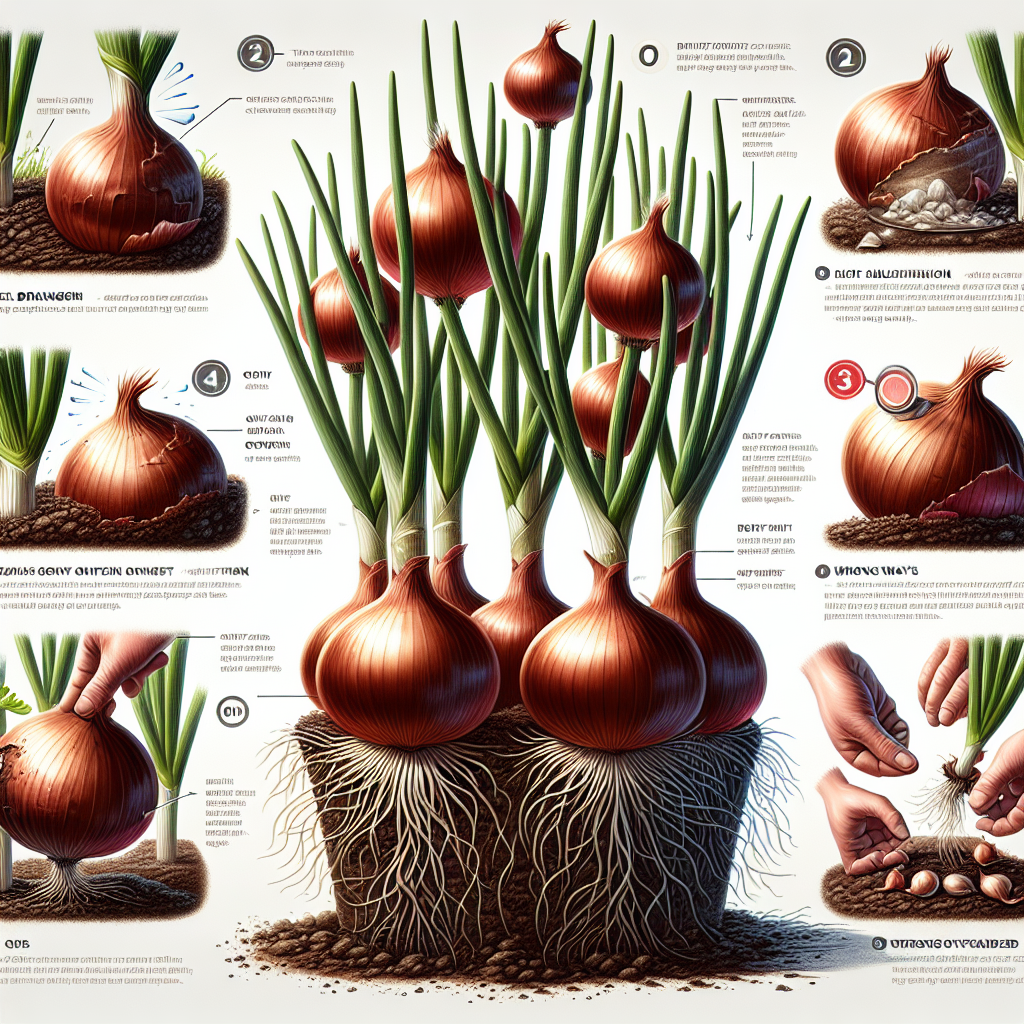Growing onions in containers can be a rewarding and enjoyable experience for both experienced gardeners and beginners. Onions are a versatile vegetable that are used in countless recipes, making them a popular choice for home gardeners. However, growing onions in containers comes with its own set of challenges and considerations. In this article, we will explore the do’s and don’ts of growing onions in containers to help you successfully grow your own delicious harvest.
DO choose the right container: When growing onions in containers, it is important to choose a container that is large enough to accommodate the size of the onion bulbs. Onions have shallow root systems, so a wider container is more suitable than a deep one. A container that is at least 6-8 inches deep and 12-16 inches wide should provide enough space for onions to grow comfortably.
DON’T overcrowd your onions: It can be tempting to plant multiple onion bulbs close together in a container to maximize your harvest, but overcrowding can lead to stunted growth and poor yields. Onions need room to develop their roots and bulbs, so it is best to space them at least 4-6 inches apart in all directions.
DO choose the right soil: Onions prefer well-draining soil that is rich in organic matter. A good potting mix or soilless mix specifically designed for vegetables is ideal for growing onions in containers. Avoid using heavy clay soils or soils that compact easily, as this can restrict root growth and drainage.
DON’T overwater your onions: Overwatering is one of the most common mistakes made when growing onions in containers. Onions prefer consistently moist soil, but they do not like sitting in waterlogged conditions. Water your onions deeply once or twice a week, depending on the weather and soil moisture levels. Allow the top inch of soil to dry out between waterings to prevent rotting roots.
DO provide adequate sunlight: Onions need plenty of sunlight to thrive and produce healthy bulbs. Choose a sunny spot on your patio or balcony where your container-grown onions will receive at least 6-8 hours of direct sunlight each day. If you live in a hot climate, consider providing some shade during the hottest part of the day to prevent sunburn.
DON’T neglect fertilization: Onions are heavy feeders and require regular fertilization to grow strong and healthy. Use a balanced fertilizer with equal parts nitrogen, phosphorus, and potassium to promote leaf growth and bulb development. Apply fertilizer every 3-4 weeks during the growing season, following package instructions for dilution rates.
DO monitor pests and diseases: Keep an eye out for common pests such as onion thrips, aphids, and onion maggots that can damage your onion plants. Remove any affected leaves or plants promptly to prevent infestations from spreading. Practice crop rotation each year to reduce the risk of diseases such as white rot or downy mildew affecting your onions.
DON’T forget about temperature control: Onions prefer cool temperatures between 55-75°F (13-24°C) during the growing season. Avoid exposing your container-grown onions to extreme heat or cold, as this can cause stress and affect bulb development. If temperatures drop below freezing, consider bringing your containers indoors or protecting them with row covers or mulch.
DO harvest at the right time: Harvesting onions at the correct time will ensure they have reached their full size and flavor potential. Onions are ready for harvest when their tops have turned yellow or brown and start falling over naturally. Gently lift them from the soil with a trowel or fork, taking care not to damage the bulbs.
In conclusion, growing onions in containers can be a fun and rewarding experience if you follow these do’s and don’ts. By choosing the right container size, soil type, watering schedule, sunlight exposure, fertilization routine, pest management strategy, temperature control methods, harvesting techniques – you can enjoy a bountiful harvest of delicious homegrown onions throughout the year! Happy gardening!













